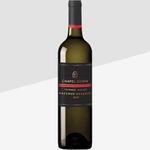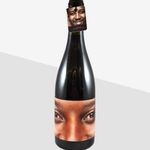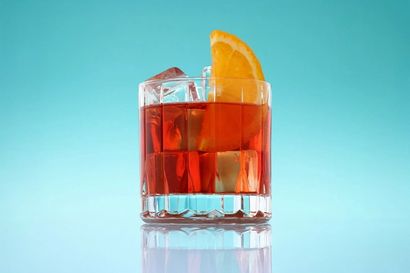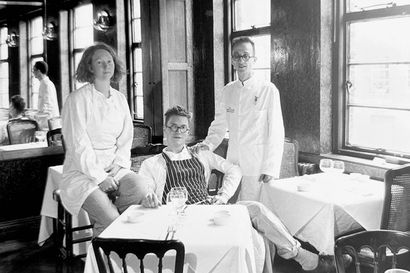It’s St. George’s Day: and it’s time to celebrate with a bottle of English wine
English wine has historically been deemed unpalatable; but it's time to change that. And St. George's Day is the perfect opportunity...so we asked one of London's best sommeliers why English wine is finer than you think.
It’s St. George’s Day! That happy occasion in which we celebrate our gallant patron saint, and the country overflows with patriotism at every turn. Dragons abound, and red and white extends as far as even the most unpatriotic eye can see.
Happily for St. George, we English don’t have a problem eking every last drop of patriotic pride from our nation’s achievements. In everything from sport to culture, we shout from the rooftops to commemorate even the smallest victory. But there is one exception to our loud, proud patriotism: English wine.
Long-maligned as nothing more than unpalatable sparkling fare, English wine has historically had a bad rep — to say the least. But times are changing; and there’s no better time to bequeath a generous second chance than St. George’s Day — the most patriotic day of all.
We sat down with Guillem Kerambrun, founder and CEO of consultancy My French Sommelier — formerly director of fine wine at Berkmann Wine Cellars and head sommelier for Caprice Holdings & Birley Clubs — to bust some all-too-persistent untruths about English wine (and to sample some of best bottles going…). This St. George’s Day, join us in challenging the unfair misalignment surrounding English wine, and indulge in some of the country’s finest bottles.

Guillem Kerambrun
Myth: English wine is far too acidic
First the science. There are three primary acids found in wine: tartaric, malic and citric – their levels dependent on the variety of the fruit, the soil type of the vineyard, and when the grapes are harvested.
If the grapes aren’t left until they reach the perfect level of ripeness, the sugar levels will be too low, and they’ll likely cause an acidic wine. And, given England’s proclivity for bad weather, you can see why some people may be concerned. It’s hardly the tropics. But, Kerambrun tells us, the best English vineyards have embraced pioneering technology to beat the weather and create deep wines with serious punch.
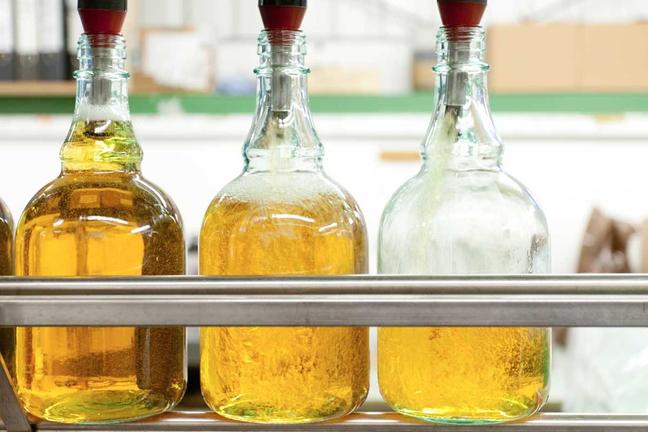
Lyme Bay Winery
“If you have a look at how the wine was made 30 or 40 years ago,” says the sommelier, “there’d be people using blocks of ice and buckets of fire to regulate temperature. Today, it’s much more of a science. Winemakers can test the grapes, calculate their sugar levels and then know the perfect volume of sugar to add to balance the acidity.”
Top tip: This St. George’s Day, opt for one of England’s bigger vineyards, and perhaps a high ABV — a sign of higher sugar levels being present. Try a Ridgeview Merret Bloomsbury — a medal-winning fizz.
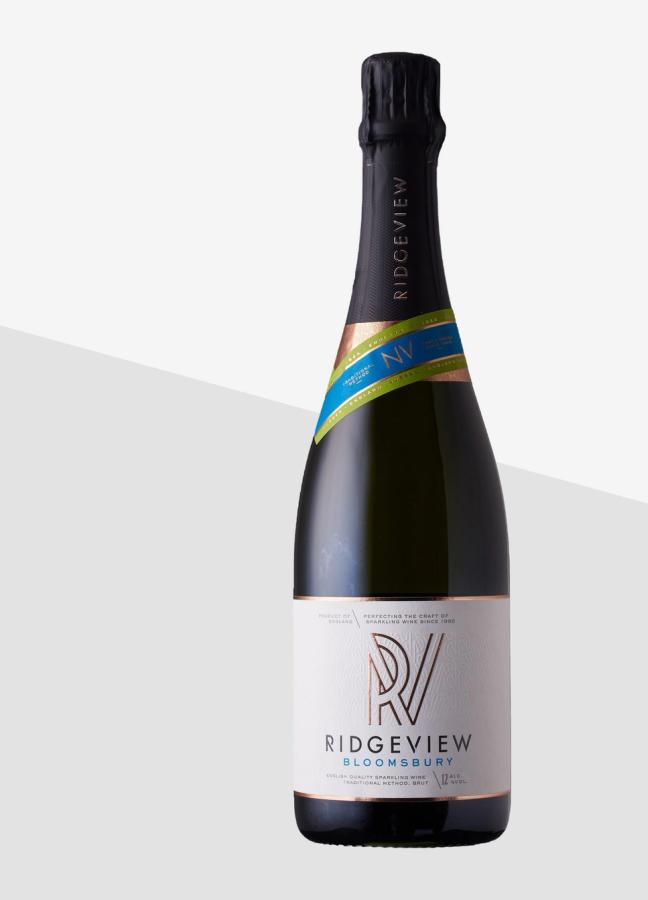
Myth: English wine can't hold a candle to Champagne
“The problem we have most of the time with sparkling wines from England is that they want to be more expensive than Champagne,” says Kerambrun. “But Champagne is not written on the label. And it can be hard to put a Blanc des Blancs from Kent on the same list as a Champagne.”
In a nutshell, the sommelier has summed up the snobbishness surrounding Champagne and English wine. It’s got nothing to do with the taste and everything to do with the name.
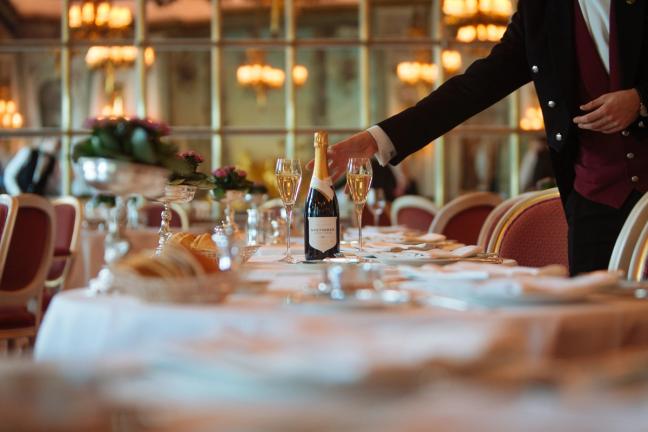
Nyetimber
“If you do a blind tasting, many wine aficionados would think that English sparkling wine was Champagne — because they use the same processes to make the sparkling wine, as do many regions around the world. For me, there are a couple of particularly strong wineries in the UK. And, for sparkling, you have Coates and Seely, in the South East.”
Top tip: It pays to stump up for your English sparkling wine; and no more so than on St. George’s Day. Kerambrun believes English sparkling wine will drop in price as its popularity grows: so take a bubbly leap of faith, fork out and get on board. Our choice is a Coates & Seely Brut Reserve NV.

Myth: English wine will never be accepted by other countries
It’s true that some countries, including Kerambrun’s native France, are particularly fond of their own produce — even the sommelier himself says so, “The problem is that the French markets are the same as the American. They don’t really know or care that people produce wine outside of their countries, or that’s how they act.” But he goes on to add: “English wine has a very good image around the world.”
So it’s not just us drinking our own wine. Kerambrun notes that its popularity still lies chiefly in the Commonwealth countries, but in certain territories — Hong Kong and Scandinavia, for example — our own bottles are a raging success. The Bluebird Restaurant, a high-end eatery recently opened in New York, even served English sparkling wine at its opening.
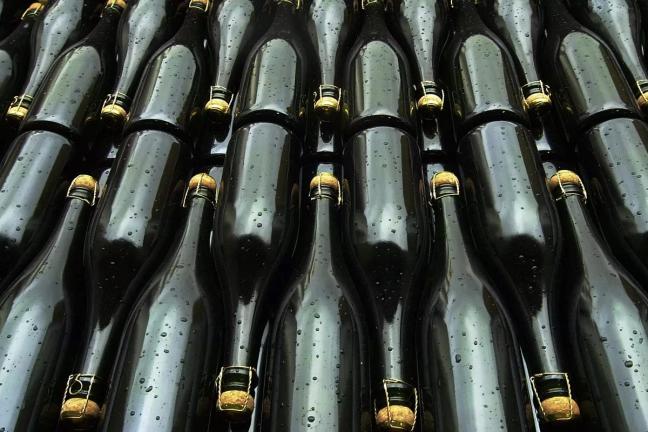
Chapel Down
So it’s an industry not as insular as you may think. Chapel Down wine has seen half-year growth of 22% for the last few years. England’s representation in the global sparkling wine sales has doubled since 2018, with 10 million bottles predicted to be produced last year (pre-coronavirus). By 2022, six English vineyards alone have been forecasted to be producing more than 1 million bottles every year.
Top tip: A favourite on restaurant menus, no St. George’s Day would be complete without reaching for a bottle of 2016 Rathfinny Sparkling Rosé.
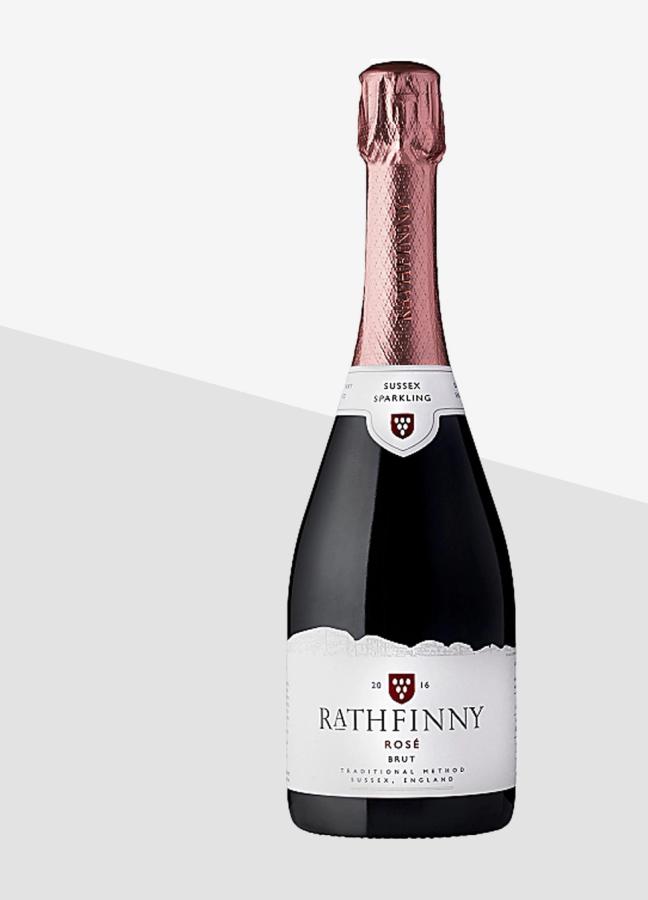
Myth: The grapes grown in English vineyards aren't as good as elsewhere
We’ve touched on the acidic reputation of English wine, but the overall quality of the grape is just as important. As Kerambrun says, “If you don’t have a good quality of grape, it can be very difficult to make great wines. And the quality of the grape is shaped by the quality of the soil.
“So you could try to plant Chardonnay grapes anywhere in the world,” he continues, “but they won’t taste as nice as they do in Burgundy. The climate, the amount of sun, the time of wind or rain. All of this matters. Soil in England is very chalky, and maybe one of the best soils to grow Chardonnay and Pinot Noir, which are the two grapes you grow most here in the UK. That and Bacchus.”
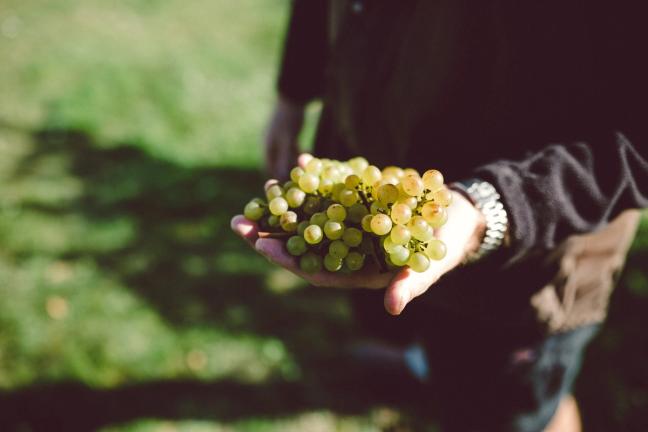
Rathfinny
Bacchus, a hybrid grape created to survive in climates that may not be traditionally conducive to winemaking, is a natural choice for English vineyards. Kerambrun admits that he’s only ever tried Bacchus from England, but says he finds it just as fresh and easy to drink as a good French Sauvignon Blanc.
Top tip: There will always be grapes that taste better elsewhere. There will always be countries better suited to growing vines. But, if you choose wisely and know what to look for, England has its niches. In this case, that’s Bacchus, and one bottle to choose this St. George’s Day is Chapel Down’s 2017 Bacchus Reserve.
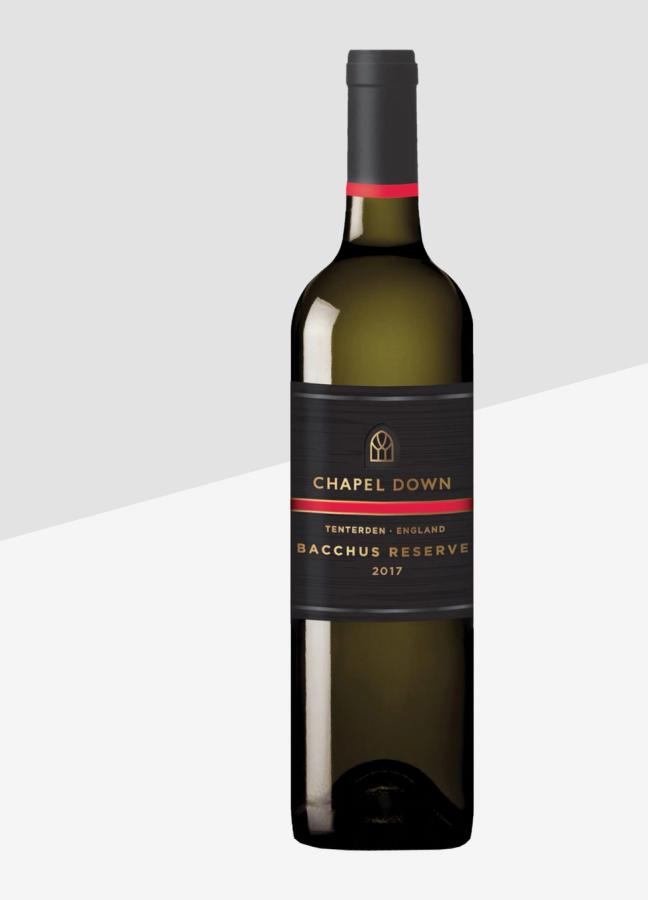
Myth: English urban wineries are the epitome of style over substance
Utter ‘urban wineries’ and there’s the risk that people will think of hipsters taking a new swing at an established industry and infusing their bottles with style over substance. But Kerambrun, who has worked with a number of these new wineries, gives this new trend his stamp of approval.
“When we started to do things with English urban wine, we had two possibilities,” explains the sommelier. “We could have gone to Shoreditch or Greenwich, or we could have tried an urban winery in the centre of Mayfair. We went for East London, because it’s not even just about English wine — it’s about showing that making wine in the centre of any city is a good concept.”
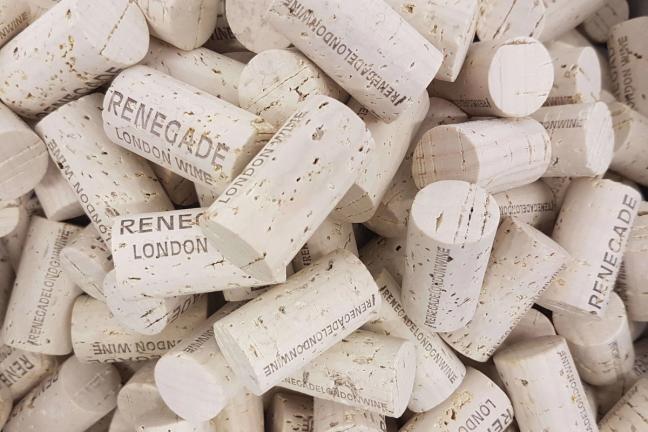
Renegade Winery
He’s not wrong. The Renegade wine may be one of the best tasting English wines, and it’s all down to the process. Rejecting tradition, the brand makes small batch artisanal wines using grapes from around the world. The grapes are hand harvested and then vinified in London, and are legitimising a fledgling industry that was, at one time, raising eyebrows.
Top tip: St. George’s Day is the perfect opportunity to take the plunge into urban wine — even if you’re still sceptical. There’s no better place to start than Renegade, and their 2018 Pinot Noir.

More of a gin man? Here are 21 of the best gins to drink in 2021…
Become a Gentleman’s Journal member. Find out more here.

Become a Gentleman’s Journal Member?
Like the Gentleman’s Journal? Why not join the Clubhouse, a special kind of private club where members receive offers and experiences from hand-picked, premium brands. You will also receive invites to exclusive events, the quarterly print magazine delivered directly to your door and your own membership card.



